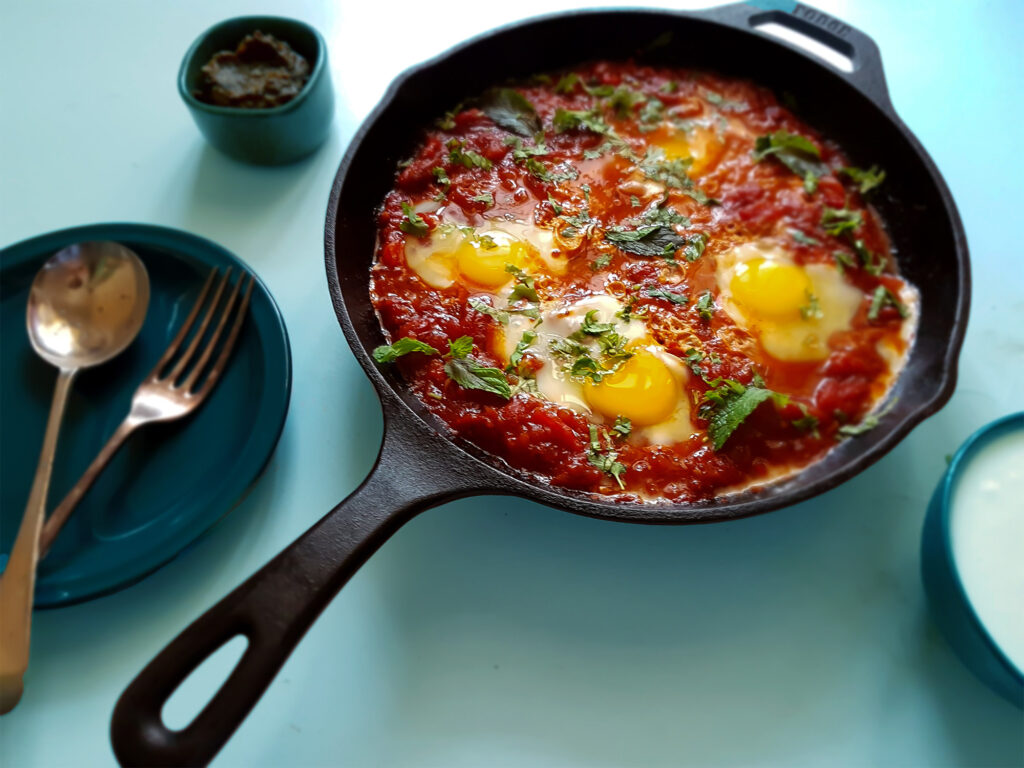It’s finally the period known in Israel as ‘acharei hachagim,’ or, after the holidays, offering the return to routine that everyone is craving after a month of big meals, kids off from school and endless outings.
While some of us wouldn’t be averse to eating cold cereal for the next few days or weeks, it’s also the start of fall, or at least the Israeli version of autumn, with cooler days and nights that call for hot soups and easy weekday dinners. In other words, you still need to be preparing meals, and it’s that time of year when you look for new ideas.
So take this opportunity to examine Israeli cuisine, that melting pot of Mediterranean foods and flavors that is experiencing a peak right now, and is featured in many a cookbook.
It’s food that’s hot, as in popular, and oh, so, flavorful. Then again, this is a homegrown cuisine that doesn’t have to be spicy to be authentic, or taste good.
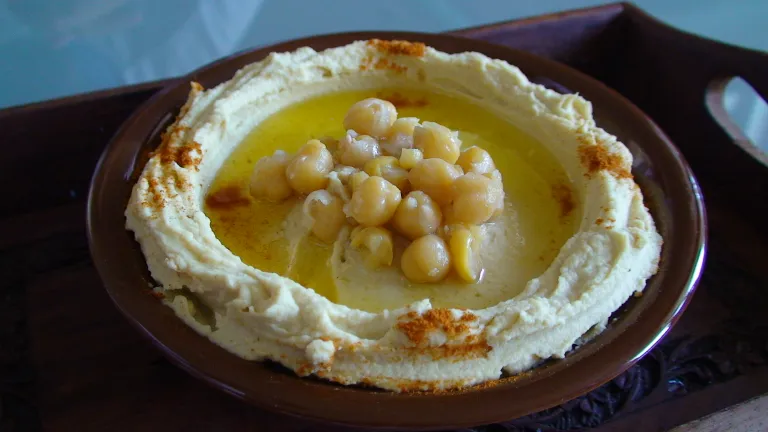
The historic, best-known Israeli foods have been around for a while, particularly those street options of shwarma and falafel stuffed in a pita, sabich (an eggplant-based sandwich, also best filling a pita) and creamy hummus swiped with a pita. (For more about hummus, listen to this Israel Story podcast — the local version of “This American Life — about hummus.)
But more than a few Israeli chefs have taken that core of traditional Israeli cuisine and elevated it in Israel and around the world, and now they’re showing the rest of us how to make what they’ve brought to their own tables.
They’ve roasted sweet potatoes with fresh figs, drizzled with a balsamic vinegar reduction, and given us the secrets to a fragrant, silky hummus. There are those, like celebrity chef Eyal Shani, who have taught us to roast and eat cauliflower whole at his restaurant Miznon (with branches in Tel Aviv, Paris, Vienna and now in Melbourne and New York’s Chelsea Market) offering it as a bountiful flowering vegetable, or offered concrete hints for making pita at home and stuffing zucchini like the experts.
You’ll probably recognize some of the names. There’s Mike Solomonov, the James Beard Outstanding Chef 2017 winner whose Philadelphia restaurants are winning accolades. Yet it’s specifically Zahav, his ode to Israeli food, that has a three-week waiting list and, luckily, a cookbook of the same name that offers great reading and ideas for the home kitchen.
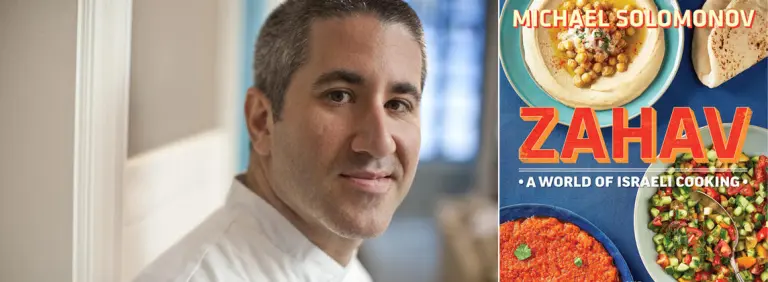
Alon Shaya is an Israeli-born New Orleans chef of the eponymously named Shaya restaurant, who brings whipped goat cheese to his whole roasted cauliflower and had a great and easy one-dish chicken featured in Vogue. Tel Aviv’s Meir Adoni from Blue Sky and Lumina (both are in Tel Aviv’s Carlton Hotel), is renowned for his delectable and elegant take on Israeli fare, and recently opened Nur in New York, bringing his fusion of traditional and modern flavors to Manhattan.
Janna Gur, a Russian-born Israeli chef, is the editor of Al HaShulchan, or On The Table, the Israeli version of Bon Appetit and Gourmet magazines, and it was her cookbook, The Book of New Israeli Food, that helped begin the trend of bringing Israeli cooking to the home kitchen outside Israel.
I still use her recipe for shakshuka, the egg and tomato sauce dish that is served for breakfast but works for dinner (especially when cooked with swiss chard or hot sausages).
And of course, Yotam Ottolenghi, another Israeli chef who brought his vegetable-centric dishes to London, where he runs several delis with his partner, Palestinian chef Sami Tamimi, and has published several cookbook bibles, including Jerusalem and Plenty More, all odes to vegetables of all shapes and sizes.
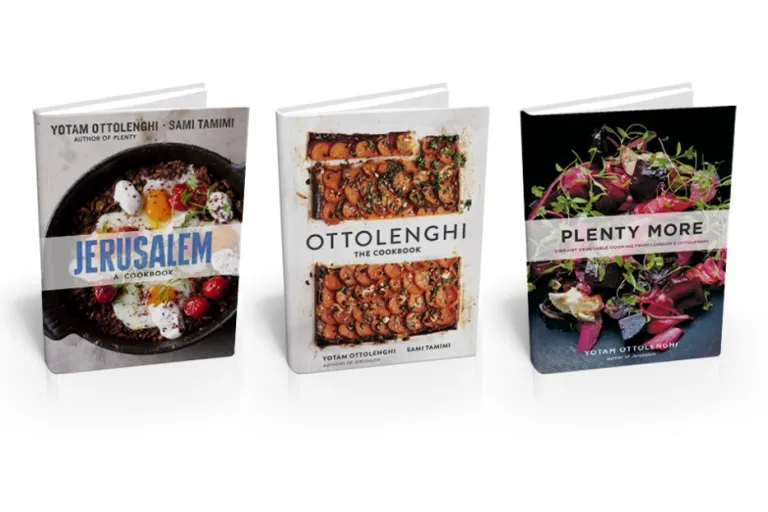
What they all have in common, besides the homage paid to grilled meats and poultry and the wonders of the sesame-based tahini, is a an enormous focus on vegetables, and handling them on a regular basis, as part and parcel of any meal, simple or multi-course.
There is an abundance of salads, both cooked for the traditional meze course, and served finely chopped and raw, often scattered with different nuts and seeds, as well as cooked lentils and other legumes, that offer options galore for vegetable lovers. And there is the roasting of vegetables, a process that caramelizes and sweetens nearly any root vegetable, turning it into an experience of fabulous textures and flavor.
There are other lesser-known chefs who are also doing great things with Israeli food, and sometimes their recipes are even more accessible for the home chef, who may lack certain spices in their pantry, or may be less likely to hunt down less available ingredients.
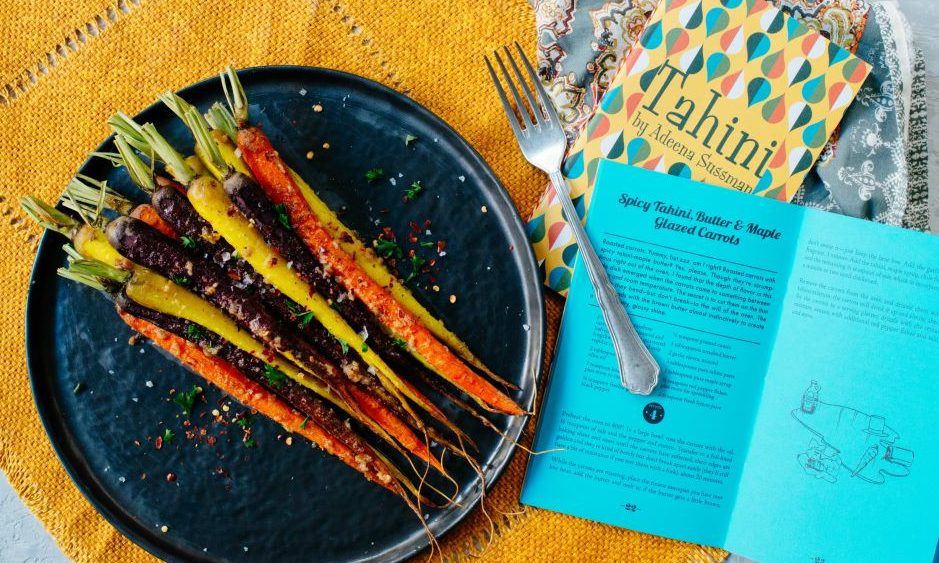
Adeena Sussman, a Tel Aviv chef who co-wrote Chrissy Teigen’s bestselling cookbook, Craving, recently published a Small Stack cookbook all about tahini, offering a short list of great ways to experiment with the sesame-based dressing that works for both savory and sweet recipes.
And if you’re coming to Israel, consider spending a day with Orly Ziv, a home-based chef and nutritionist who likes to shop in Tel Aviv’s Carmel Market with customers and then cook some of her easy-to-follow recipes at her house, all from her cookbook Cook In Israel, a compendium of Israeli food and menus.
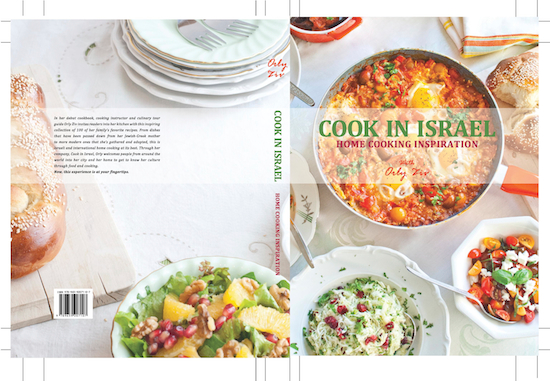
So you’ve got options; either come to Israel and munch your way through the land before heading home to try out some of the recipes at home. Or cook your way through one of these books, and let that lead you to the land of pita and hummus, roasted kohlrabi and cumin carrots.
B’teavon!


